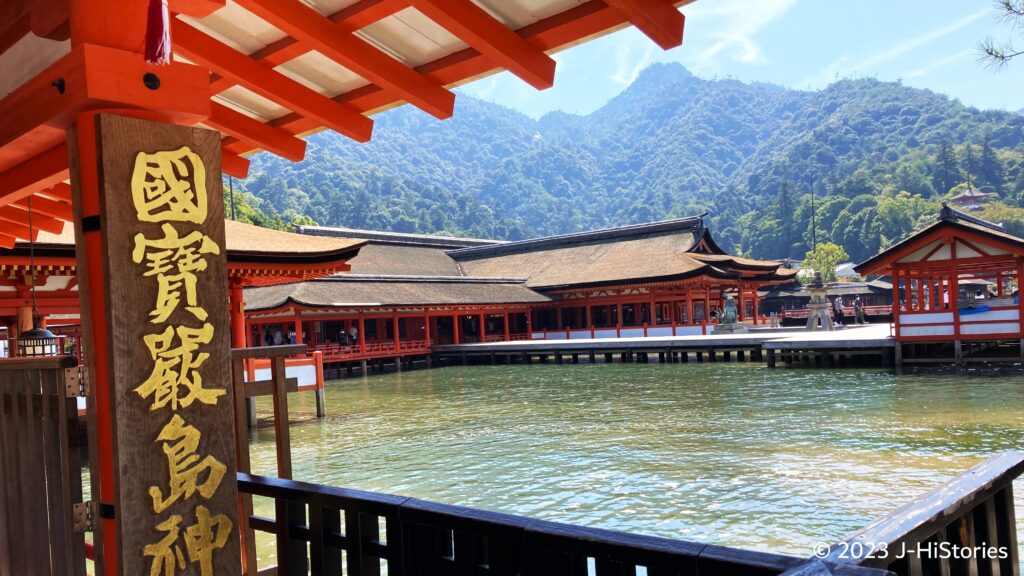Japan is rich in nature, surrounded by oceans, mountains, rivers, and changing seasons. The Japanese people have had a close relationship with nature since ancient times. They have been in awe of various deities called "Kami", such as Kami of the mountain, Kami of forests, Kami of winds, and Kami of rice, as spiritual beings that possess supernatural power beyond human understanding, such as blessings and threats to nature. So many different Kami are enshrined in Japan, that there is a term "Yaoyorozu no Kami," literally meaning "eight million deities".
Jingu, Venerable Shrines Related to the Emperor and Imperial Family
Ise Jingu Shrine

Jingu, worship the ancestral deity, AmaterasuーOmikami. It is customary to pray at Geku first and then Naiku of two main shrines in that order. Why?
(写真提供:神宮司庁/ Jingushicho :Jingu Administration Office)
Atsuta Jingu Shrine
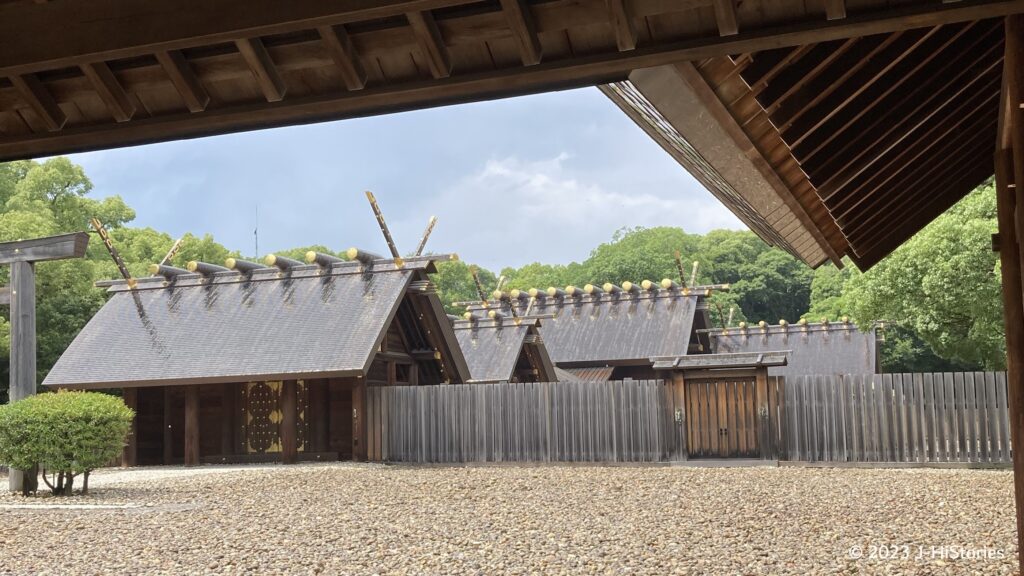
Kusanagi-no-Trurugi Sword, one of the Imperial Regalia, is enshrined at Atsuta Jingu Shrine. Ancient Myth of Imperial Family tells you the story of how to acquire this sacred sword.
Usa Jingu Shrine
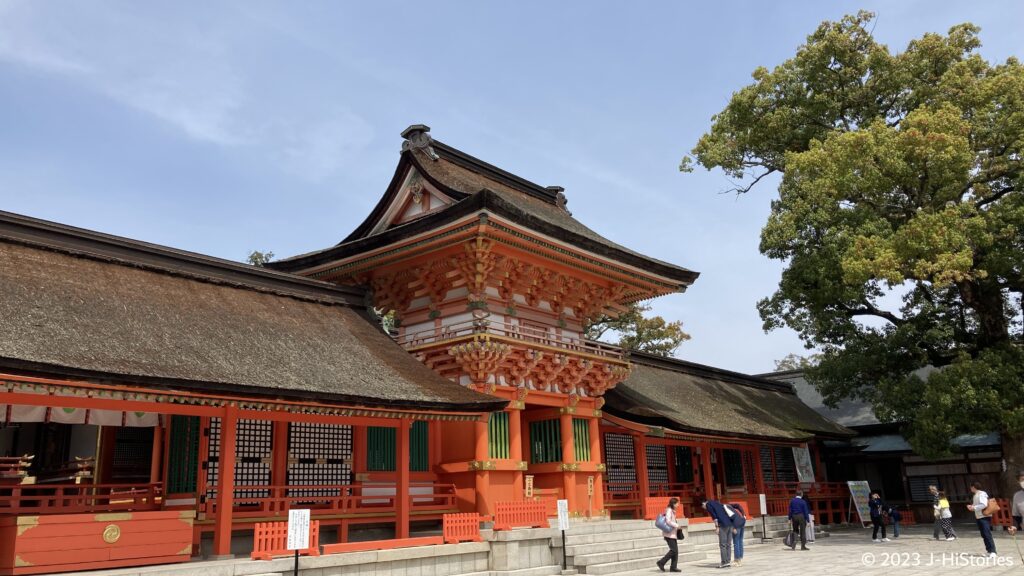
Usa Jingu, the head shrine of the approximately 460,000 Hachimangu shrines, became the national deity and the god of warlords. Why is this?
Iwashimizu Hachimangu
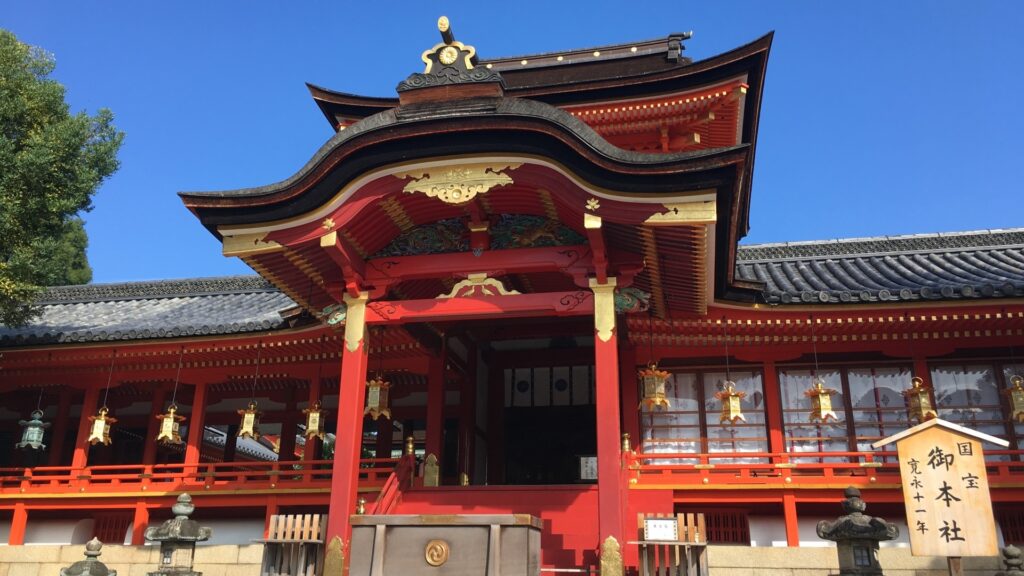
Many emperors, court nobles, and Samurai visited the Iwashimizu Hachimangu Shrine. They prayed to the Hachiman Deity for the protection of the nation or their victories on the battlefield.
Meiji Jingu Shrine

Surrounded by the metropolis of Tokyo, the Meiji Jingu Forest is a sanctuary for living creatures. More than 110,000 volunteers built the shrine to commemorate Emperor Meiji's virtues.
Yoshino Jingu Shrine
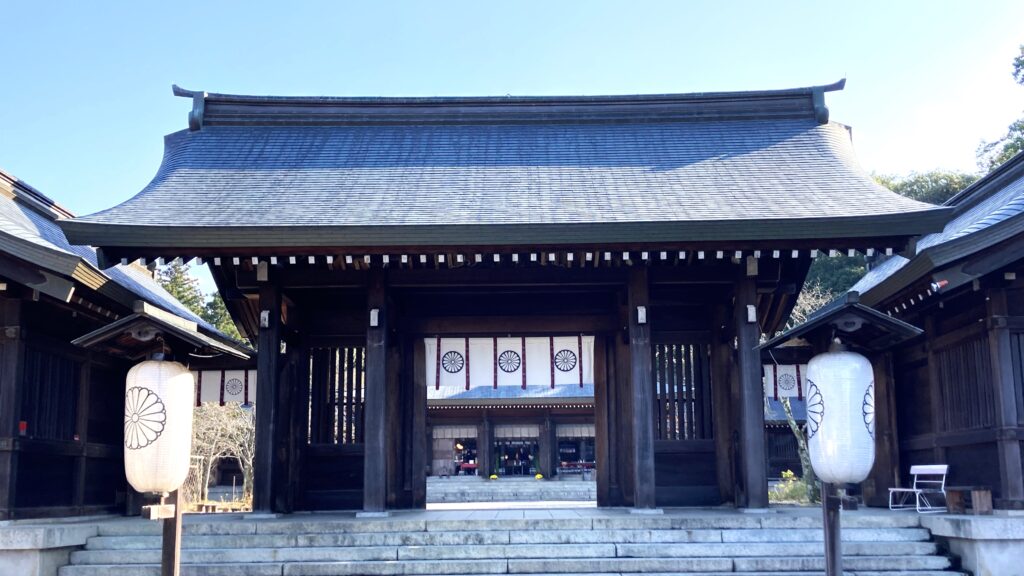
The spirit of Emperor Go-Daigo was enshrined. He overthrew the Kamakura Shogunate and started the Emperor's parental rule. But, it collapsed in 3 years and passed away at Mt.Yoshino.
Heian Jingu Shrine
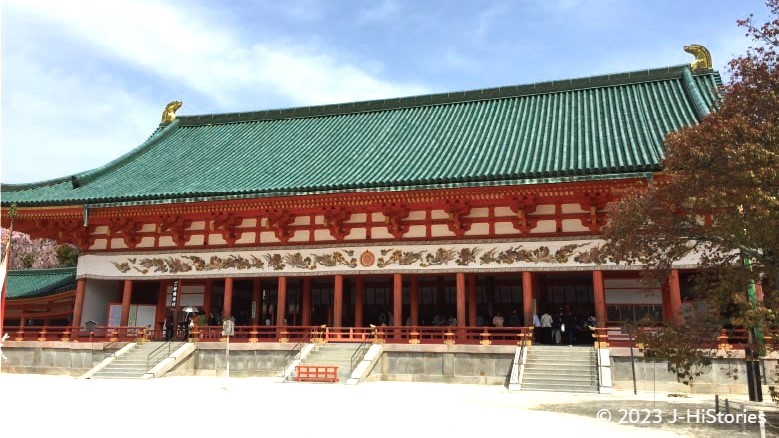
Heian Jingu was built in 1895 for the 1100th anniversary of the capital relocation from Nara to Kyoto, enshrining the spirits of the first and last emperor
Taisha, Shrines Dedicated to the Ancient Deities
Izumo Taisha
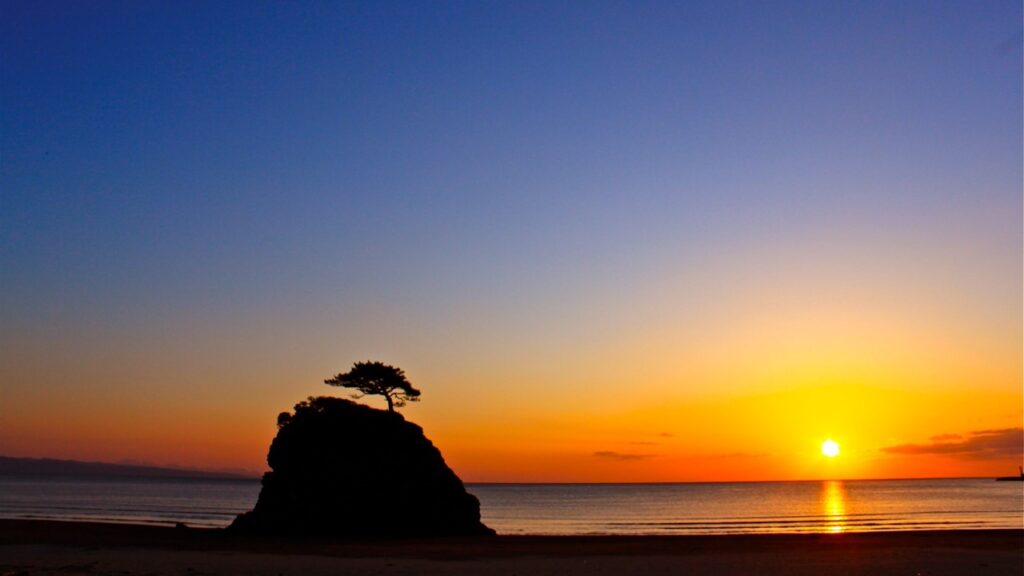
Izumo's sunset at the Inasa-Hama is a sacred and beautiful shore welcoming deities from all over the nation. Izumo serves as the birthplace of many myths and legends.
Matsunoo Taisha

Matsunoo Taisha enshrines Japan's Best Sake Brewing Deity, Matsunoo-no-Kami. In November, when the art of sake brewing starts, the Jou-U-sai Festival is held to pray for a safe and prosperous brewing process.
Fushimi Inari Taisha

Fushimi Inari Taisha is covered by over 5,000 vermillion torii gates and many fox statues to pray for a good harvest. Empress Genmei wished for the pacification of the world from natural disasters in its history.
Suwa Taisha
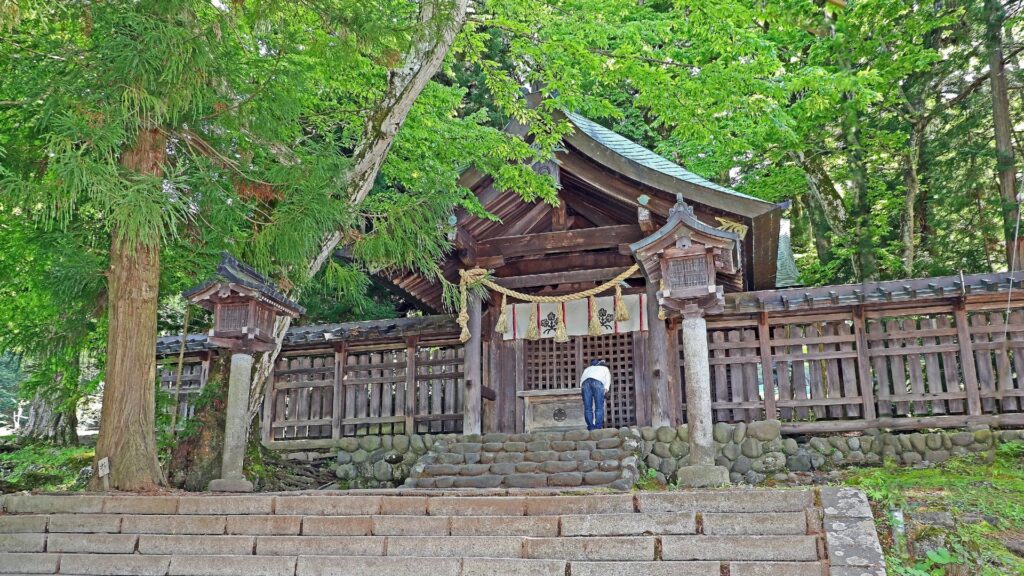
Suwa province was the paradise during the Jomon era. People perceived deities, in all elements of nature, such as rocks, mountains, and forests. Because of this, Suwa Taisha has a pavilion for prayer, but not a main hall to enshrine diety.
Kasuga Taisha
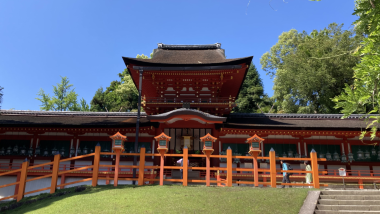
Kasuga Taisha enshrines Takemikazuchi Deity as the Fujiwara family's deity came to Nara from Kashima riding on a deer. It flourished along with the rise of the Fujiwara clan. It has 1,300 years of history.
World Heritage Sites
Nikko Toshogu Shrine
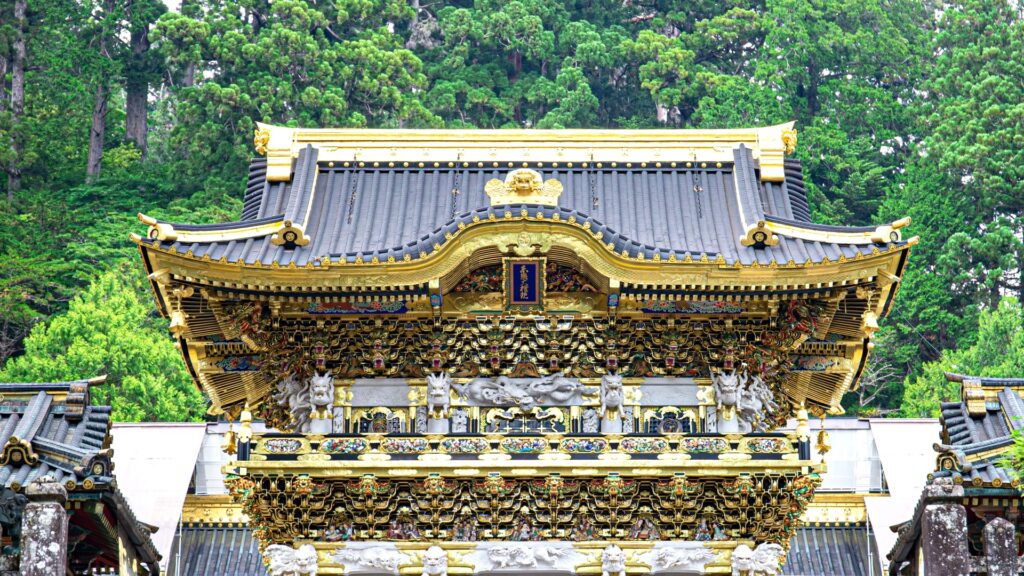
Yomeimon Gate of Nikko Toshogu Shrine is the icon of the 1st Shogun, Tokugawa Ieyasu's spirit. Why was his spirit enshrined there? What did Ieyasu aim for?
Kamigamo & Shimogamo Shrines
Kamigamo and Shimogamo Shrines hold the breath of antiquity. The Aoi Matsuri Festival, starting in the 6th century, is a must-see.
Itsukushima Shrine
The goddess of victory smiled upon Samurai, Mori Motonari at the Itsukushima Battle. How could Motonari win with the blessing of his deity, though his forces were smaller than his enemy's?
Prominent Shrines, The Divine Might Spreading Across Japan
Tsurugaoka Hachimangu
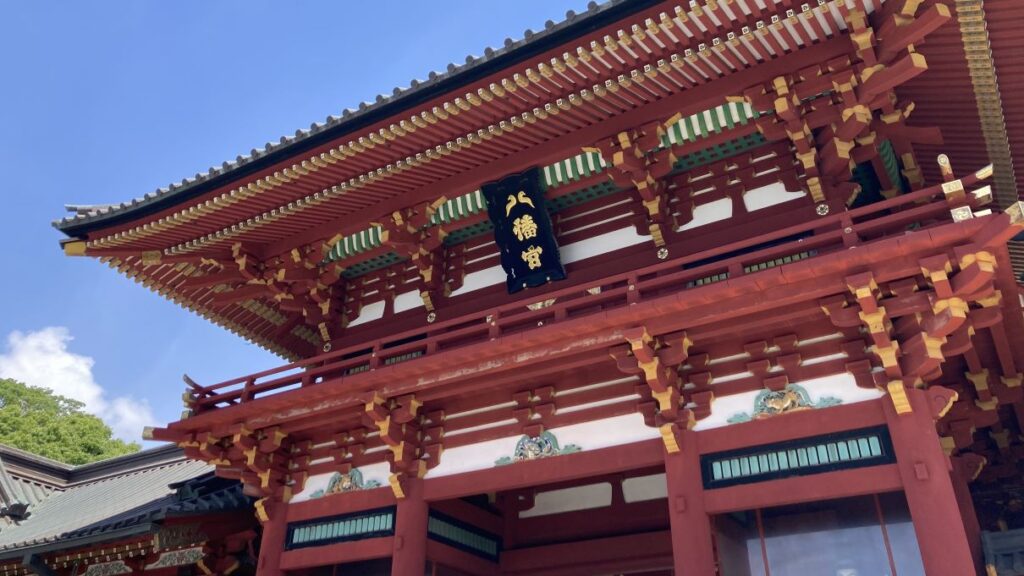
Kamakura is the birthplace of the Samurai government, enshrining Hachiman deity of war. Japan's first samurai government started here in Kamakura, led by Minamoto Yoritomo.
Uesugi Shrine
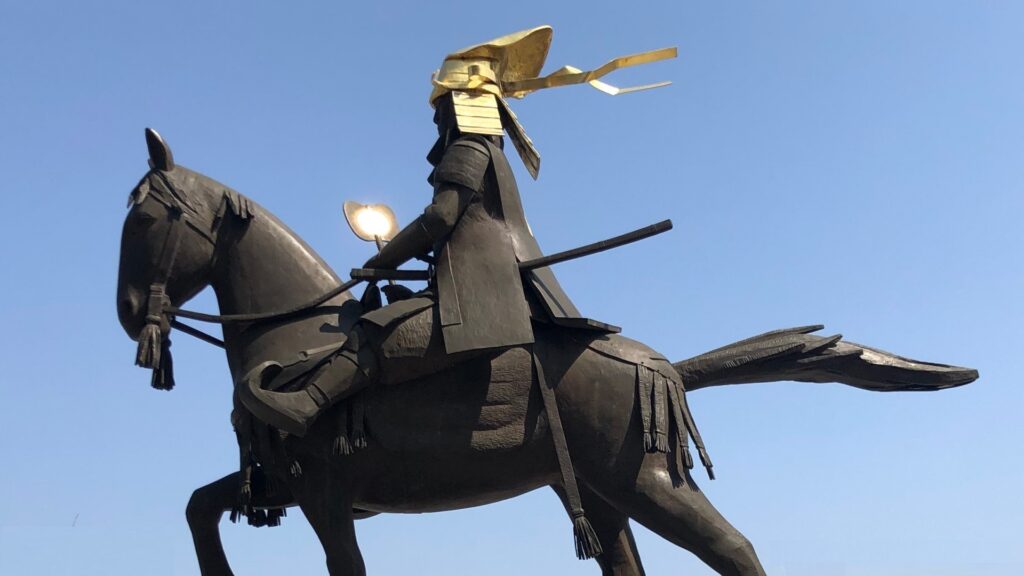
Kenshin was so strong among Warlords. He lost only twice out of 71 battles, making him a true "God of War." His belief was to restore the Muromachi Shogunate under the turmoil of the Warring State Period.
Dazaifu Tenmangu Shrine
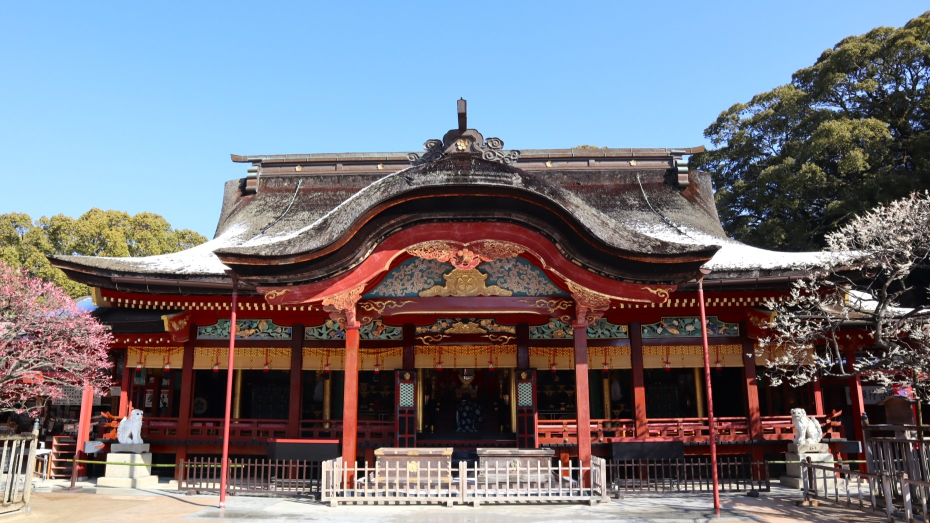
Dazaifu Tenmangu, the head shrine of the approximately 12,000 Temnamgu shrines, enshrines Sugawara Michizane as the deity of learning, culture, and the arts.
Matsuri Welcomes "Kami"
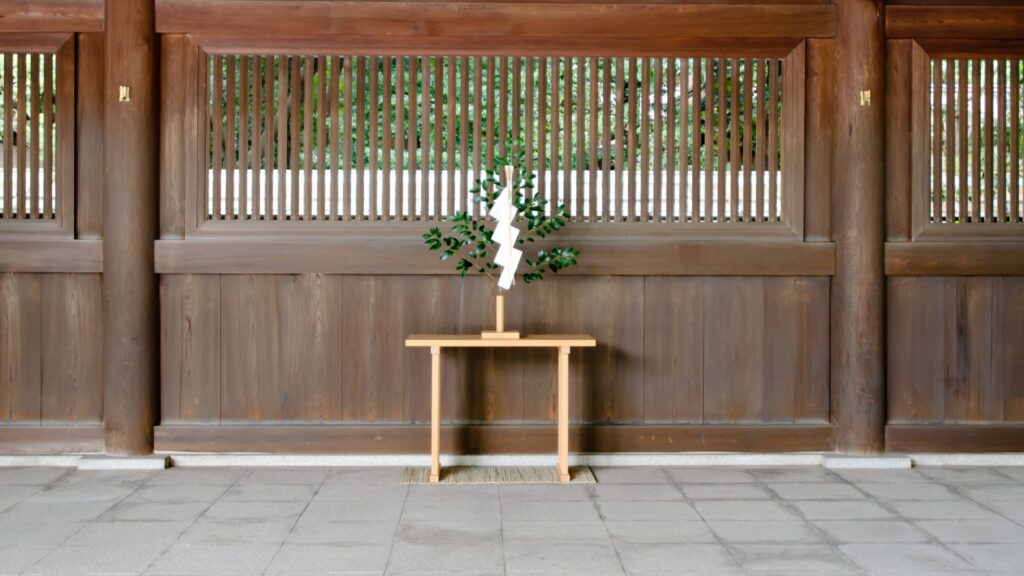
It is believed that the invisible Kami descends from the “Tokoyo” (eternal world), which is far beyond the sea, and their spirits dwell on a “Yorishiro” (an object such as mountains, huge rocks, trees, primitives, waterfalls, mirrors, swords, etc.). People welcome Kami, make offerings, recite “Norito” (Shinto prayers), and express gratitude to Kami. This is the origin of "Matsuri" (Shinto festival). The festival to welcome Kami through ancient ceremonies can still be seen in its original form in the "Miare" ritual ceremony of the Aoi Matsuri Festival in Kyoto. The "Kami" dwells on a huge "Himorogi" (temporary Yorishiro) consisting of five Cleyera Japonica trees decorated with "Shide" (paper streamers). The Miare ritual is performed by priests on May 12th every year in the dark with no lights on and is performed in solemnity. In a shrine, there is only a visible sacred object such as a mirror that is believed to be the dwelling place of Kami, and we offer prayers to Kami from the hall of worship. A "Mizuki" fence surrounds the main hall and is the sacred place where Kami's spirit dwells and even the priests are not allowed to enter.
Ise Jingu Shrine enshrines Amaterasu (the Sun deity and the mythical ancestor of the Imperial Family). It has been revered as a special shrine among the nearly 90,000 Shinto shrines in Japan since ancient times. Other shrines also enshrine diverse deities, including Kami of military fortune revered by Samurai at Hachimangu shrines. The head shrine is Usa Hachimangu Shrine in Oita prefecture of Kyushu, Kami of rice at Inari shrines, whose head shrine is Fushimi Inari Taisha Shrine in Kyoto, and many more.


